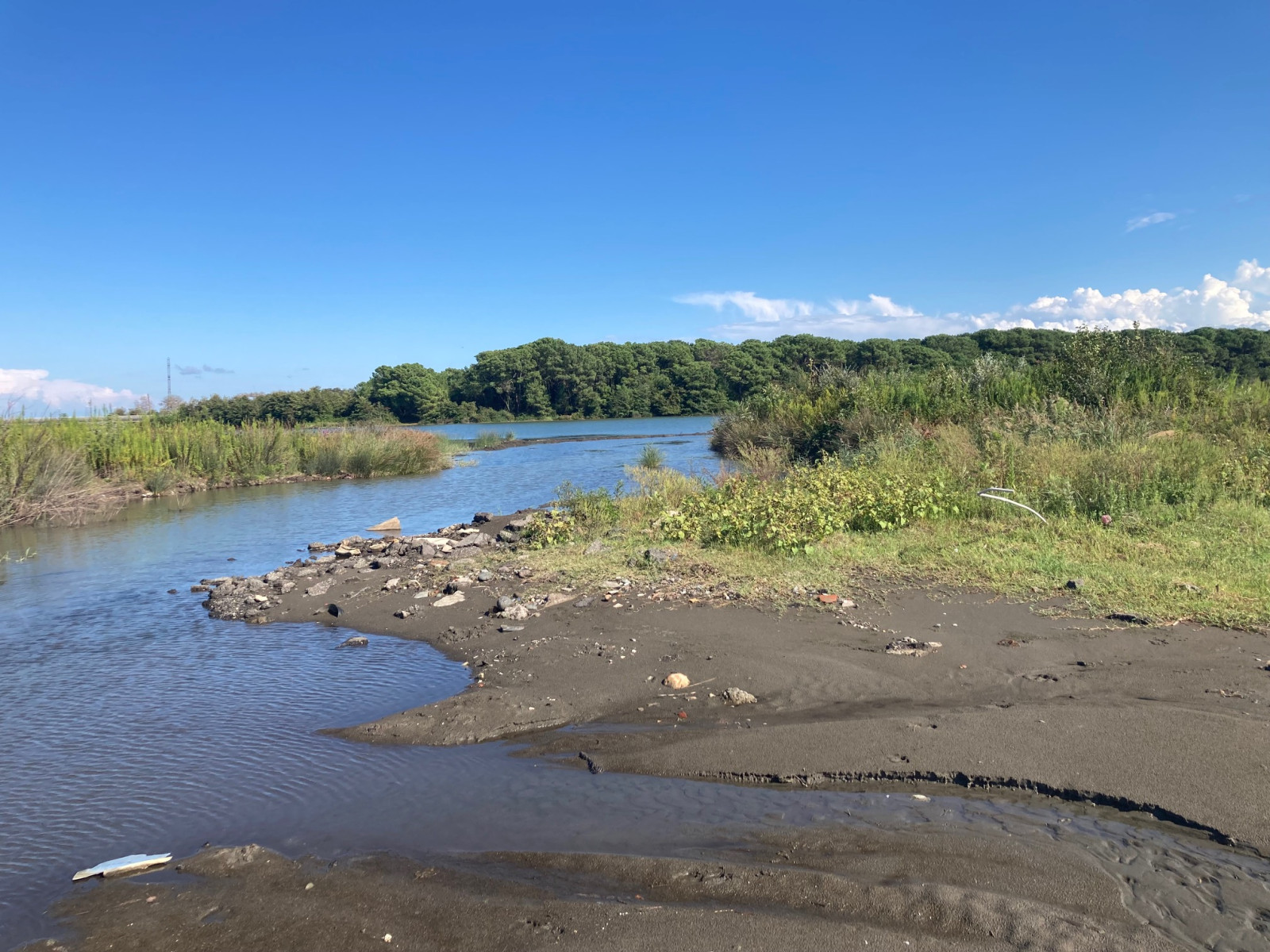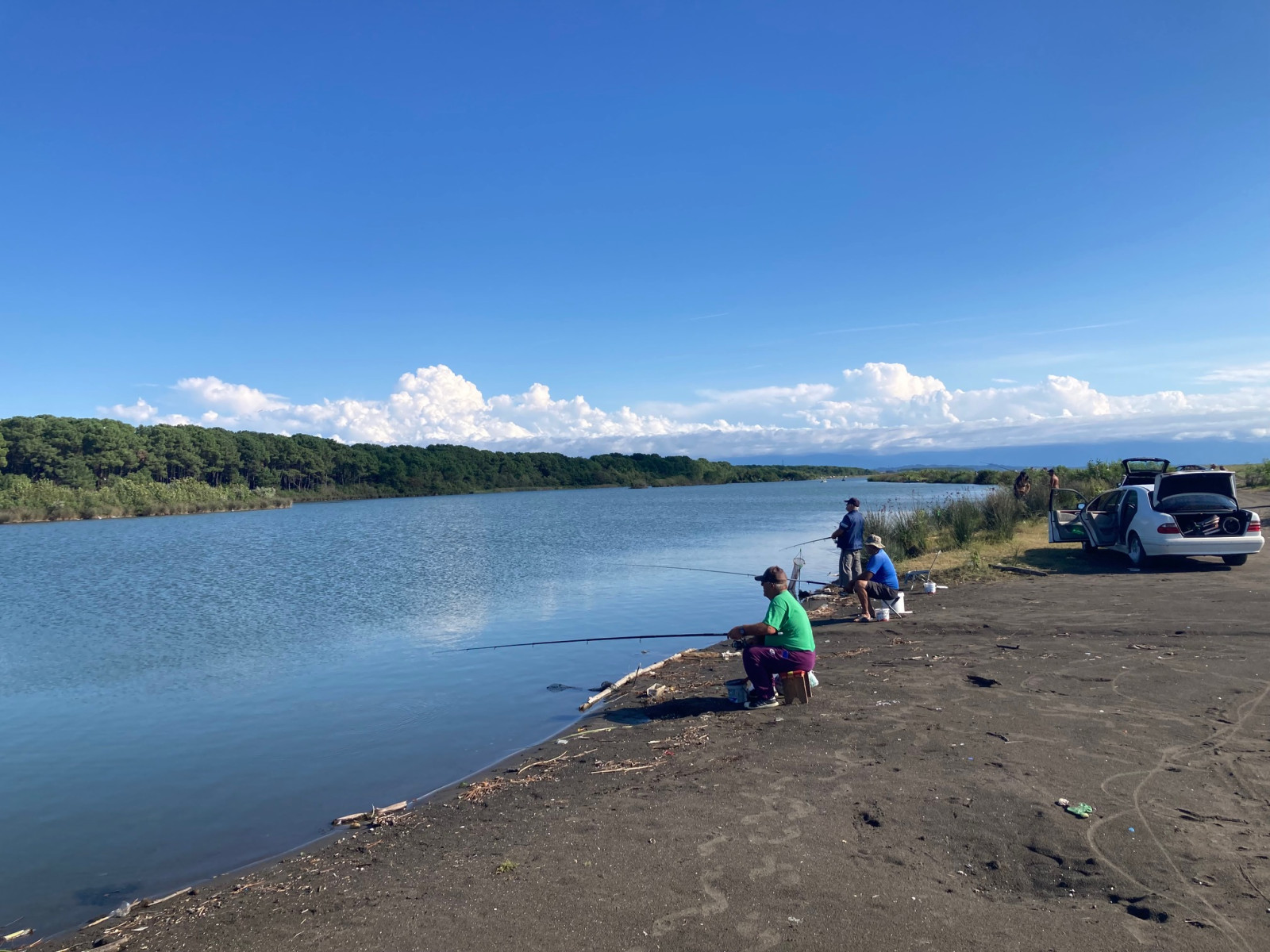Opis
The Maltakva river mouth is very easy accessible thanks to its location right on the coastal road. The river is loaded with fish and this attracts both birds and anglers. In weekends it can get really busy with anglers. But the birds don't seem to mind. Even when the banks are full of fishermen there are still lots of birds to see. You can observe different species of gulls, terns and herons. But also lots of waders, especially during migration. Among the birds you can encounter are siewnica, sieweczka obrożna, kulik mniejszy, kulik wielki, szlamnik, biegus zmienny, mewa mała, mewa cienkodzioba, rybitwa krótkodzioba, rybitwa białoskrzydła and rybitwa czubata. Most birds and the biggest variety in birds can be seen during autumn migration. Sometimes rare birds like terekia, pliszka cytrynowa and brodziec pławny are spotted.
Szczegóły
Dostęp
The Maltakva river mouth is located on the coast of the Black Sea, 60 km north of Batumi, just south of the town of Poti. From the coastal road you can drive on to the beach and park. Press P on the map for directions. First check the marshy banks of the river and then walk to end of the beach to the point where the river flows in to the sea. On the sand bar on the other side, big groups of birds can often be found resting.




